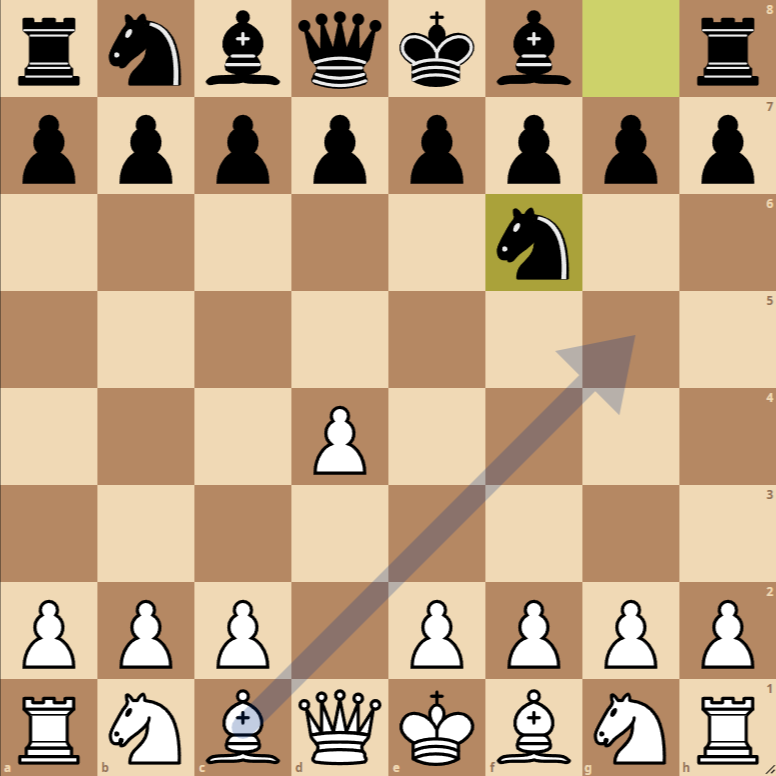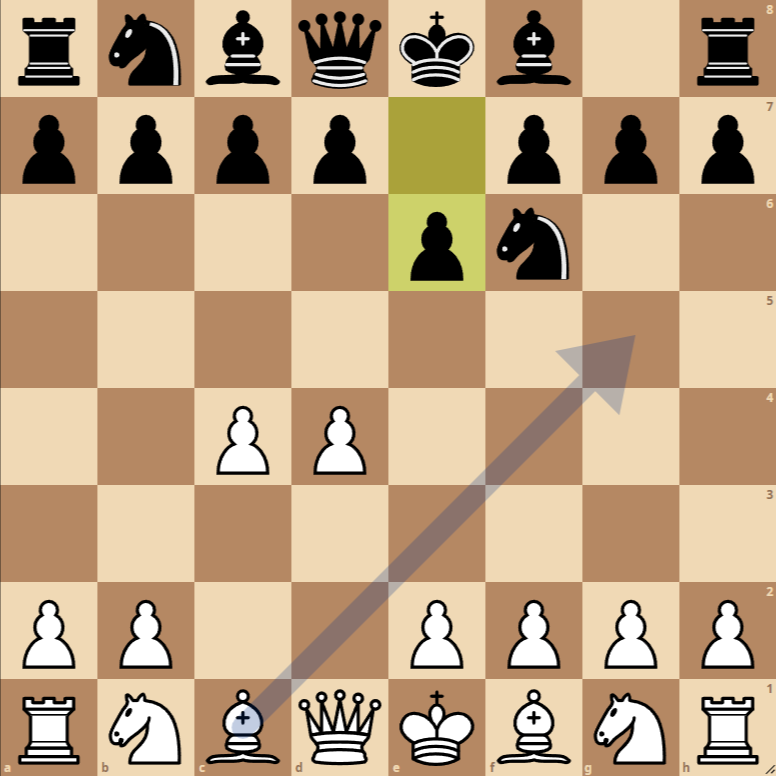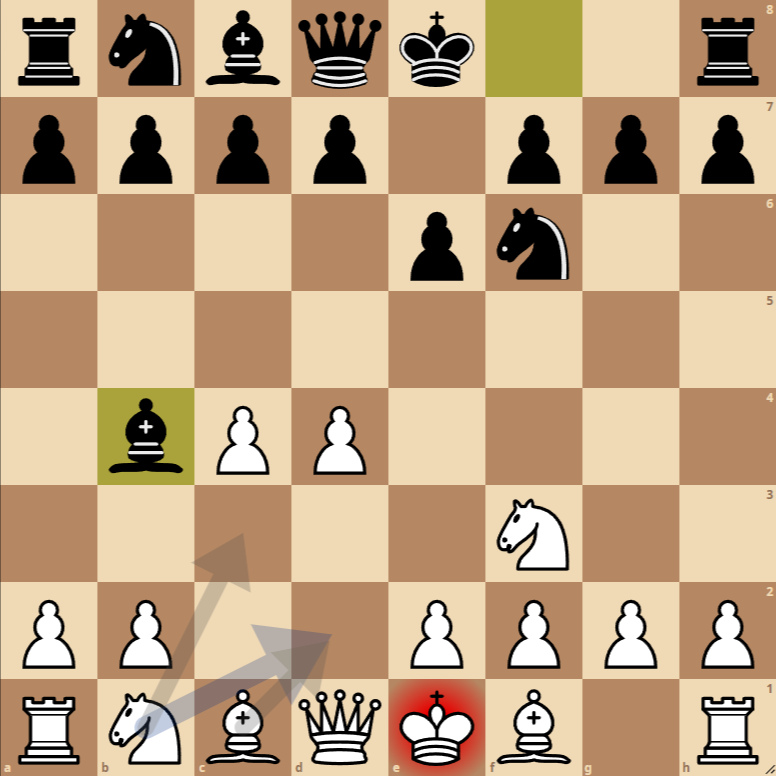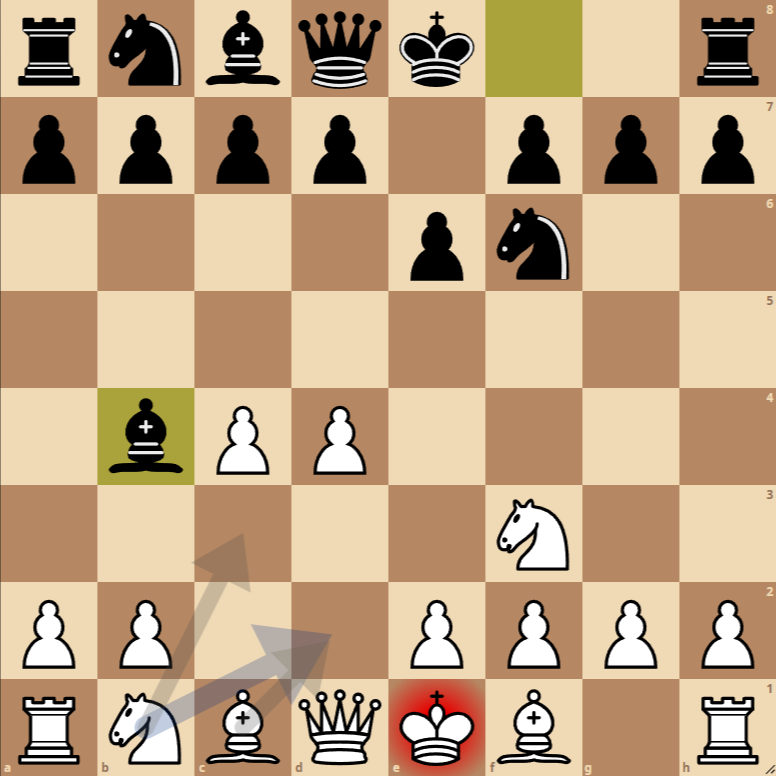How to Play the Bogo-Indian Defense Opening



- 1. d4 Nf6: White opens with the pawn to d4, aiming for central control and freeing the dark-squared bishop and the queen. Black responds with Nf6, developing a knight towards central squares e4 and d5 and preparing for a possible fianchetto or countering White’s d5.
- 2. c4 e6: With c4, White expands their control in the center, particularly targeting the d5 square and preparing for the development of the light-squared bishop. Black responds with e6, allowing the development of their dark-squared bishop and maintaining flexibility in the center.
- 3. Nf3 Bb4+: White continues their development with Nf3, supporting central pawns and preparing for castling. Black plays Bb4+, a check to the king that also develops the bishop, influences the center, and prepares the pawn structure on the kingside. This move introduces the typical tension of the Bogo-Indian Defense, inviting White to decide how to deal with the pinned bishop.
Variations of the Bogo-Indian Defense Opening
Nimzo-Indian Variation
If instead of 3. Nf3, White plays 3. Nc3, and Black responds with Bb4, we enter the Nimzo-Indian Variation. This line focuses on central control and the potential exchange of the dark-squared bishop for the knight on c3, affecting White’s pawn structure.
e3 Variation
Another possible continuation for White after 3…Bb4+ is to play 4. Bd2 or 4. Nbd2, protecting the knight on c3 and preventing pawn doubling on the c-file after the exchange on c3. This variation aims for solid development and sets the stage for potential central advances with e3.
Fianchetto Variation
Another option for White is to develop their dark-squared bishop with a fianchetto, playing g3 followed by Bg2. This plan offers strong control over the long central diagonal and dynamic positions, allowing White to maintain a flexible pawn structure and good piece coordination.

